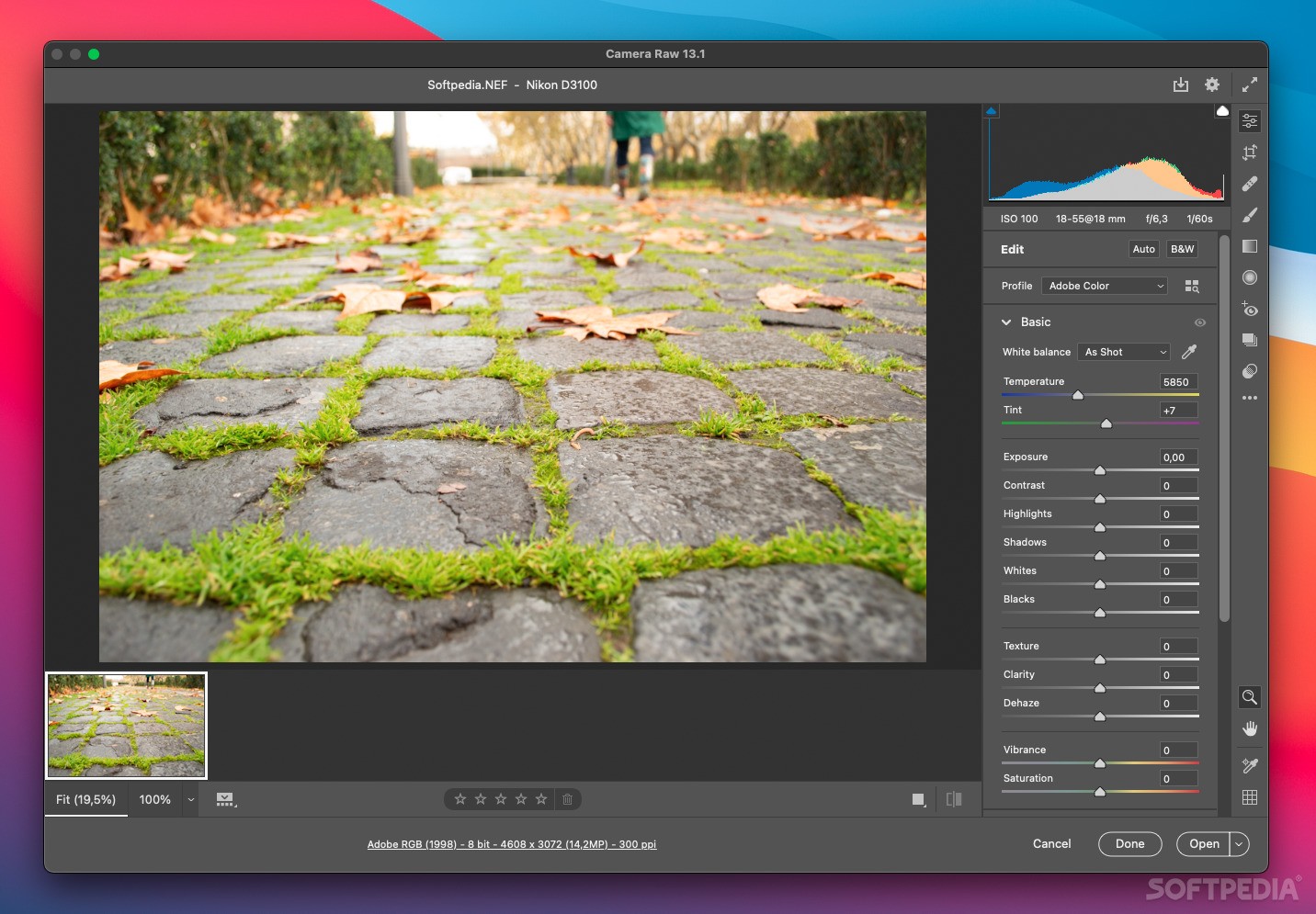

Fortunately, the HDR image is also a RAW file and can take full advantage of all of the powerful tools in Adobe Camera RAW. In our example, the ground was still a little too dark and needed a bit of color work. The HDR feature does a lot of the heavy lifting but it may not get you all the way across the finish line. Give Camera RAW some time to process the HDR and, in a minute or two, a seamless image containing data from all 5 exposures will emerge. Then right-click on one of them and select Merge to HDR. To create an HDR, just select all of the exposures in the film strip by holding SHIFT and clicking each. With 5 different RAW images capturing 5 different levels of exposure, we can use the handy HDR tools in Adobe Camera RAW to blend them together, bringing in the details we need from each to create a perfectly balanced final image. But due to the conditions of shooting outside into a bright sky and a dark ground, those lose a lot of detail in both the highlights and the shadows. There are also images that are more geared towards capturing the midtones which is technically a more balanced exposure. The images that are more overexposed will grab the details we need from the shadows while leaving the highlights blown out. The images that are more underexposed will bring in all of the details from the brightest highlights, but almost no detail from the darks and shadows. Each exposure will capture different information from the landscape. In our example, we have 5 photographs of the same scene, each captured at a different exposure setting. Creating an HDR in Camera RAWĬreating an HDR in Adobe Camera RAW couldn’t be easier. Here you can select images to edit individually or get creative with powerful features like HDR. When you open several RAW images in Photoshop, the Adobe Camera RAW interface will appear, complete with film strip displaying all of the selected RAW files along the bottom of the window. Lightroom users in particular should feel at home using Adobe Camera RAW, as its new look seems to be heavily inspired by the new cloud-based Lightroom app. But, after a much-needed makeover, Adobe Camera RAW has entered the modern photo editing era with a slick new look and some user experience enhancements to some of its most powerful tools. Most would agree that Adobe Camera RAW’s interface was beginning to look outdated compared to some of the newer, more streamlined interfaces introduced to both Photoshop and Lightroom. There are also a number of important settings that will help us work in Photoshop while allowing us to return to Camera RAW at any time to make additional edits to the RAW information. The ACR interface provides a number of tools and options that we’re all used to: exposure adjustments, color temperature adjustments, color toning tools, and tools to help us target specific areas of the image to edit. In fact, when you try to open a RAW image in Photoshop it will automatically open in Adobe Camera RAW first.
#ADOBE CAMERA RAW UPDATE SOFTWARE#
Using the same core software that powers Lightroom, Adobe Camera RAW is a RAW processing utility that helps us bring our high-end digital photos into Photoshop.


 0 kommentar(er)
0 kommentar(er)
